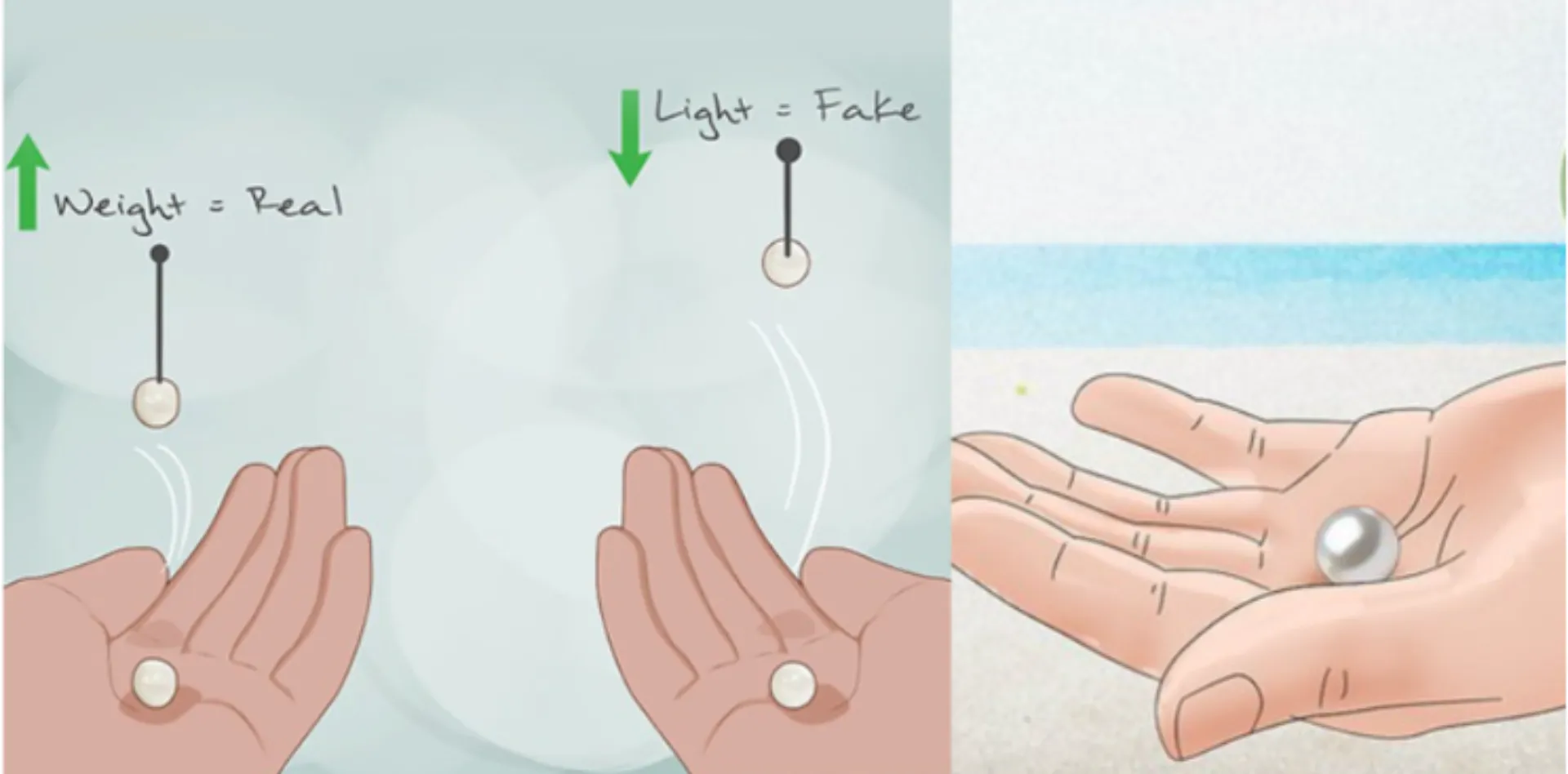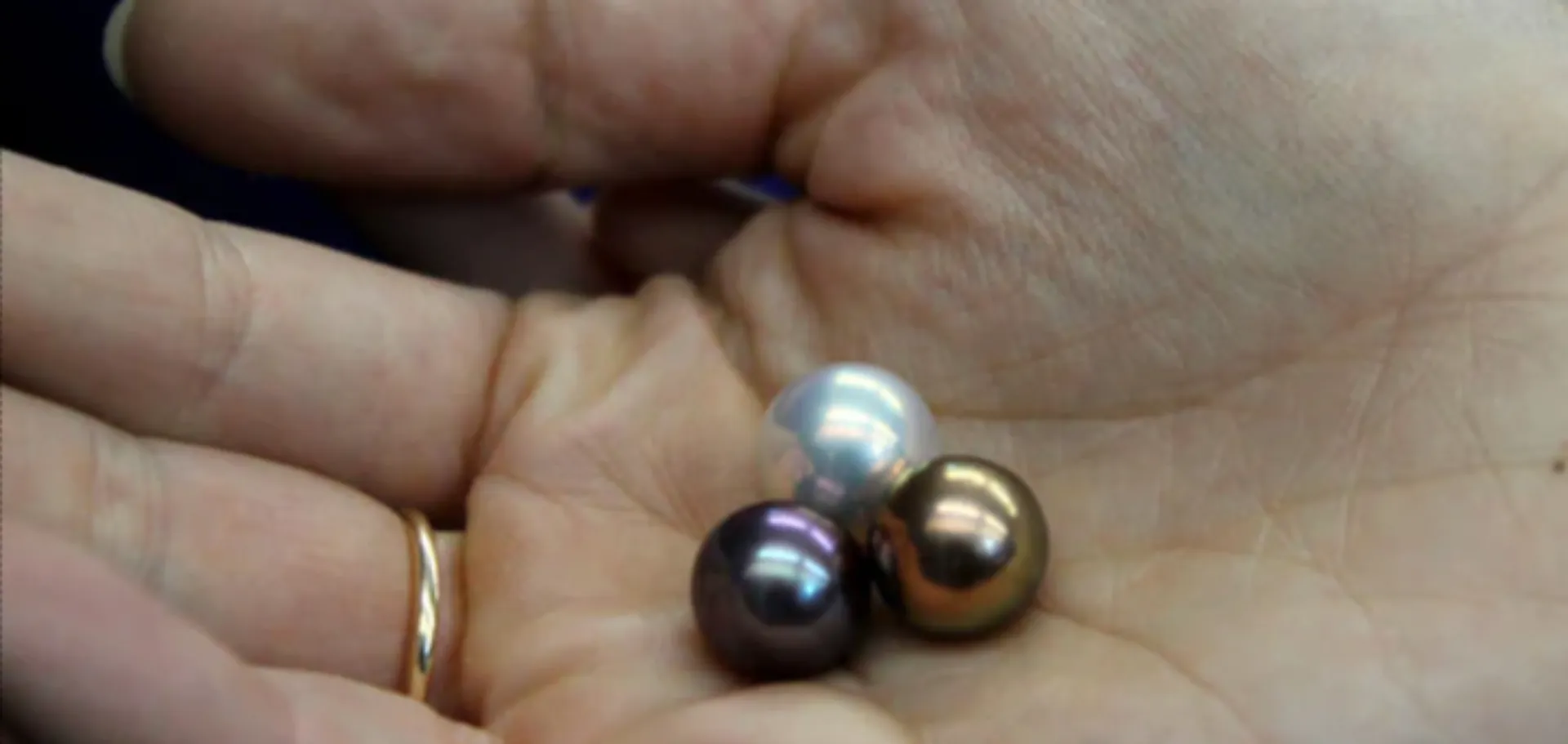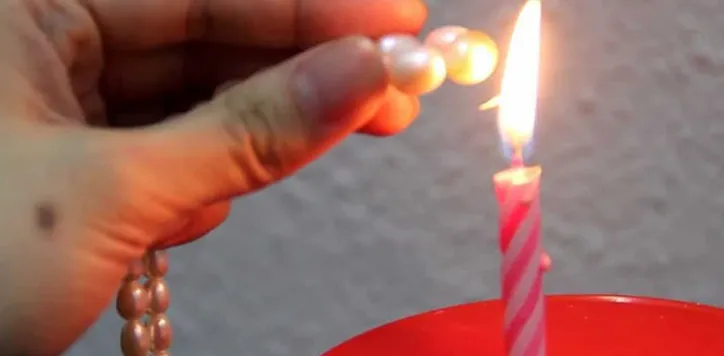Unveiling the Lustre of Authenticity
Why Real Pearls Are a Valuable Treasure
Genuine pearls possess a deep, radiant lustre that seems to glow from within, making them a true marvel of nature. This glow, known as lustre, gives them a radiance that can't be replicated artificially. This is why genuine pearls are treasured, not only as radiant jewellery but as timeless heirlooms. They speak volumes about craftsmanship and the beauty of the natural world. They are a testament to the patience and rarity of natural processes, carrying a history that spans centuries of fascination and luxury.
Distinguishing Characteristics: Luster and Iridescence
The defining traits of genuine pearls are their lustre and radiance, which are the hallmarks of their authenticity. Luster refers to the quality of light reflected from the surface of the pearl; in authentic pearls, it's bright, deep, and sharp, creating a mirror-like sheen that artificial pearls can't quite capture. On the other hand, iridescence—the subtle play of rainbow-like colours on the surface—lends each pearl a unique charm. Authentic pearls radiate a soft radiance, displaying a spectrum of gentle overtones, while synthetic pearls often exhibit overly vivid, unnatural hues that can give away their artificial nature.
Practical Pearl Tests You Can Do at Home
Weight and Temperature: Sensory Clues to Pearldom
An immediate sensory test you can perform involves checking the weight and temperature of your pearls. Natural pearls have a noticeable heft—they feel denser and weightier in your hand, compared to fake pearls, especially those made of lightweight materials like plastic. Also noteworthy is the temperature aspect; genuine pearls often feel cooler to the touch initially, slowly warming up as they come in contact with your skin. Imitation pearls tend to warm up faster as they typically mimic the temperature of their surroundings, with glass fakes being the exception as they can display a similar coolness to natural pearls.

Visual Inspection: The Pearl Detective's Guide
Judging by Shape: Perfect or Too Perfect?
While strolling through the fascinating world of pearls, remember that shape is a subtle clue in judging authenticity. Natural pearls, formed naturally inside the mollusc, usually exhibit some form of irregularity in shape. They're rarely, if ever, perfectly round; expect them to have some degree of asymmetry. Conversely, a pearl that's too perfect, with unblemished spherical symmetry, warrants suspicion. Such precision often results from man-made processes and could be a telltale sign of imitation. A natural pearl with a close-to-perfect shape is rare and frequently fetches a premium—reminding one of the elusive search for perfection in nature's creations.

Colour and Surface: Natural Wonders vs. Manufactured Sheen
Colour and surface appearance offer critical clues when distinguishing between natural wonders and manufactured counterparts. Authentic pearls come in various colours, often with subtle variations and overtone hues that add depth and richness. Whether it's a creamy white, a gentle rose, or even a deep peacock, each colour should appear intrinsic, as if coming from within the pearl. As you examine their surfaces closely, you'll notice that genuine pearls have a complex texture interplay with minor imperfections and ridges. Synthetic pearls, however, tend to showcase an even, often overly glossy surface that lacks the gentle nuances of natural pearls, betraying their manufactured origins. Watch out for coatings that look too perfect or paint-like colours that aren't typical of the pearls' natural palette.
Advanced Authenticity Techniques
The Flame Reaction: Heat Things Up
The flame test is a revealing, if extreme, way to distinguish the genuine article from imposters. When you subject a real pearl to a brief encounter with a flame, it should remain unscathed, showing its resilience; no smell will arise from it, and its lustre stays intact. Conversely, a synthetic pearl will often react unfavourably when faced with such heat—it may emit a smell akin to burning plastic and display colour changes or even melt. Nevertheless, tread carefully with this method; excessive heat can damage a natural pearl's beauty. Not all fakes will fail this test; some imitation pearls crafted from materials like glass might pass seemingly unharmed.

Drill Holes and Sizes: Precision Matters
Drill holes and sizes offer vital insights into the integrity of pearls. Take a peek at the drill holes—if the pearl is natural, one should see a ring around the hole, indicating where the drill bit has passed through the nacre layers. These edges should be smooth and well-defined, not rough or chipped. In fake pearls, it’s common to notice inconsistencies or excess material around the drill holes, often with the telltale sign of peeling or chipped paint revealing the artificial core beneath.
As for size, genuine pearls are rarely uniform. They'll show subtle size variances when strung together, reflecting their unique formation within an oyster. If you're confronted with a strand where every pearl is identical, caution: that's a classic indicator of mass-produced perfection.

Seeking Expert Opinions & Certifications
When to Call in the Professionals
Once you've done the preliminary tests but are still unsure about the authenticity of your pearls, or if you suspect you're dealing with a high-value item, it's time to consult with the professionals. Jewellery experts and certified gemologists have the tools and expertise to perform more sophisticated tests beyond the scope of at-home methods. They can give you a definitive answer, and if your pearls are authentic, provide an appraisal, which can be invaluable for insurance or resale purposes. Remember, professionals can also offer certificates of authenticity that prove the pearl's origin and quality.
Final Thoughts on Ensuring Pearl Originality
Myths Busted: Common Misconceptions about Pearl Testing
Navigating through the pearls of wisdom, it's time to shatter some common misconceptions about pearl testing. For starters, the myth that all real pearls feel perfectly smooth to the touch is misleading—a genuine pearl often has a slightly gritty texture due to natural imperfections. And don't be fooled by the vinegar test myth; while organic gems like pearls can dissolve in acid, dropping them into vinegar isn't a recommended diagnostic. It's neither foolproof nor good for the pearl's lustre. Lastly, the notion that more giant pearls are always better or more genuine isn't accurate—size doesn't correlate with authenticity, as there are both large fake pearls and small real ones, each with their attributes and value.
References:
https://www.thepearlsource.com/
https://thepearlsource.com/7-8mm-white-freshwater-pearl-necklace-aaaa-quality.html
https://www.thepearlsource.com/6.5-7.0mm-japanese-akoya-white-pearl-necklace-aaa-quality.html
4-FAQs: Pearls of Wisdom Answered
How do I tell if my pearls are genuine just by looking?
Check for subtle irregularities in shape, lustre, and colour. Genuine pearls usually are not perfectly round and have a softer, warmer lustre compared to the harsh shine of fake pearls. Also, notice any minor blemishes or variations in the pearl's surface, which can signify natural formation. [Placeholder for images of pearls to illustrate the visual differences]
Can fake pearls pass the tooth test?
Yes, some high-quality fake pearls have a coating that can mimic the gritty texture of real pearls, tricking the tooth test. However, this isn't common, and most will still feel smooth.
Is it worth getting the pearls appraised?
Absolutely, particularly for insurance purposes or if you suspect they're valuable. An appraisal provides peace of mind regarding their authenticity and worth.
Does the colour or shape affect the authenticity of a pearl?
Colour and shape don't determine authenticity, as natural pearls come in various colours. However, perfectly round shapes and uniform colours are less common in real pearls.

 Prev Blog
Prev Blog 